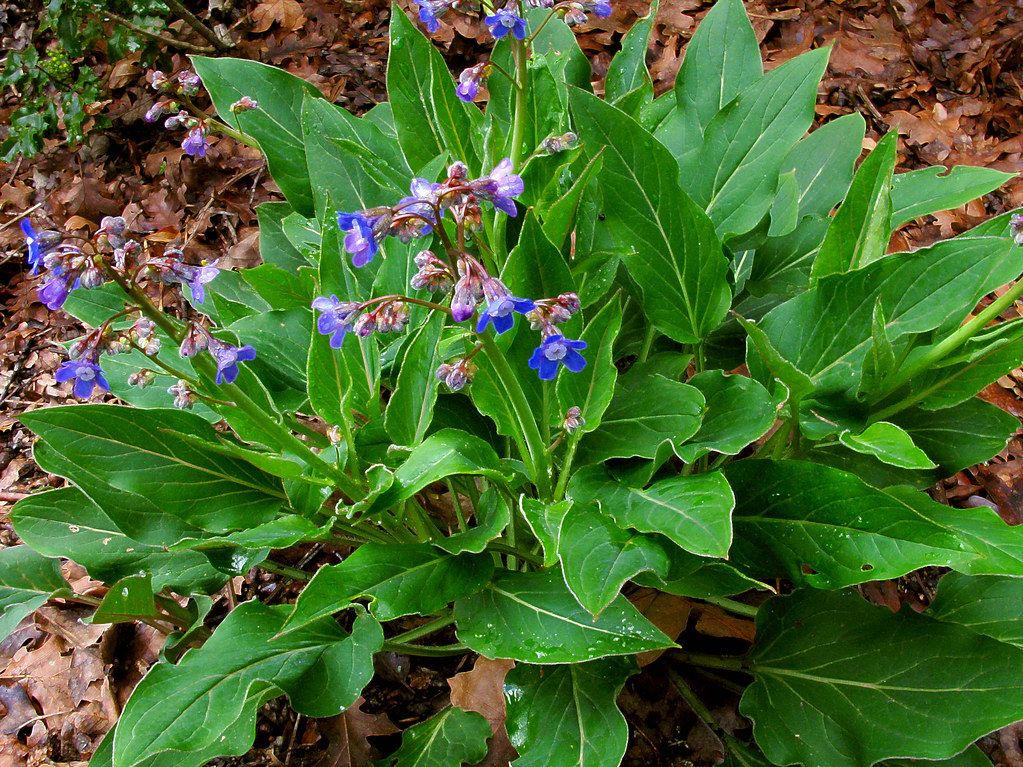#cynoglossum grande
Text



The Houndstongue is already starting to bloom, usually I expect it a little later, when the trillium is also blooming, but it was a nice little surprise to find today!
10 notes
·
View notes
Text


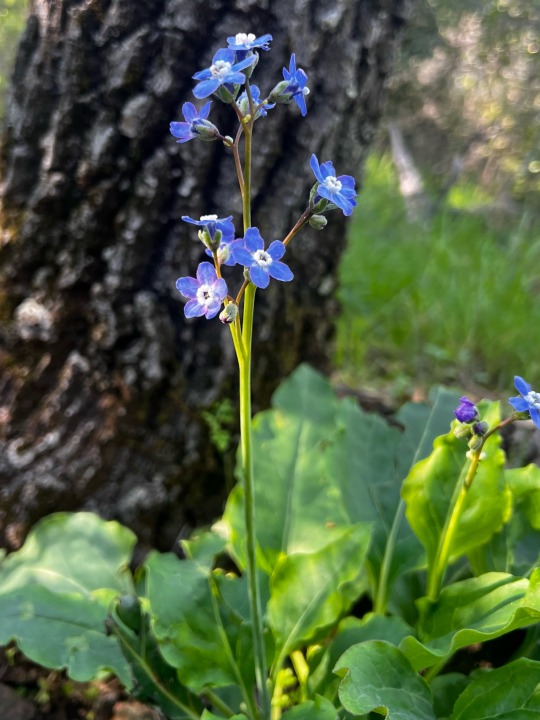

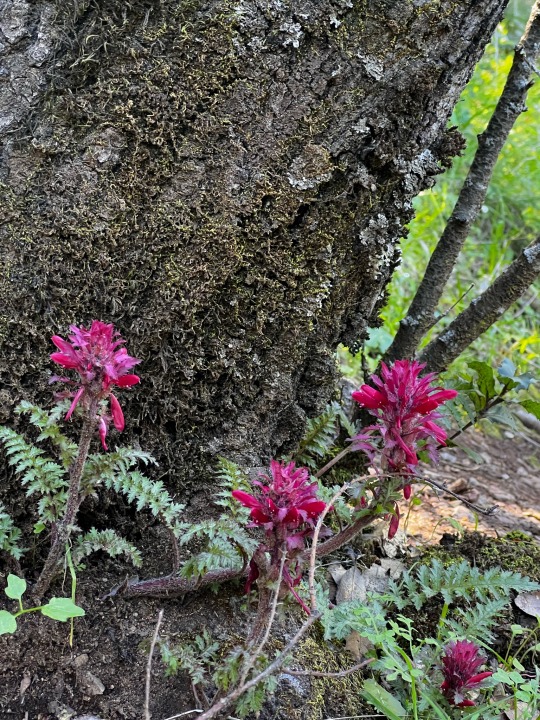

I love familiarizing myself with the local wildlife! This was on a hike through Mount Diablo State Park in the East Bay Area of California, 03/27/23. Photo editing is kept to a minimum: except for cropping and straightening, I haven't adjusted these at all.
#grand hound’s tongue#cynoglossum grande#warrior’s plume#pedicularis densiflora#milk maids#cardamine californica#california native wildflowers#my art#my photgraphy#california native plants#native flora#east bay area#san francisco bay area#mount diablo state park#mt. diablo state park#state parks#nature appreciation#environmental studies#iphone photography
5 notes
·
View notes
Video
Cynoglossum grande by John Rusk
Via Flickr:
Cynoglossum grande—Pacific hound's tongue. "Large solitary bees alight / And are still, while they sip / From the blue corollas. / Humming fuzzy flies probe / The floral nectaries with / Their probosci / Exactly as long as the floral tubes" —Wayne T. Williams, "Kissing the Hand of the Dead" (Bloomington, IN, 2013). Photographed at Regional Parks Botanic Garden located in Tilden Regional Park near Berkeley, CA
#taxonomy:kingdom=Plantae#Plantae#taxonomy:superphylum=Tracheophyta#Tracheophyta#taxonomy:phylum=Magnoliophyta#Magnoliophyta#taxonomy:class=Magnoliopsida#Magnoliopsida#taxonomy:family=Boraginaceae#Boraginaceae#taxonomy:genus=Cynoglossum#Cynoglossum#taxonomy:species=grande#taxonomy:binomial=Cynoglossum grande#Cynoglossum grande#Grand Hound's Tongue#Pacific Hound's Tongue#taxonomy:common=Grand Hound's Tongue#taxonomy:common=Pacific Hound's Tongue#Flowers&Colors
0 notes
Photo
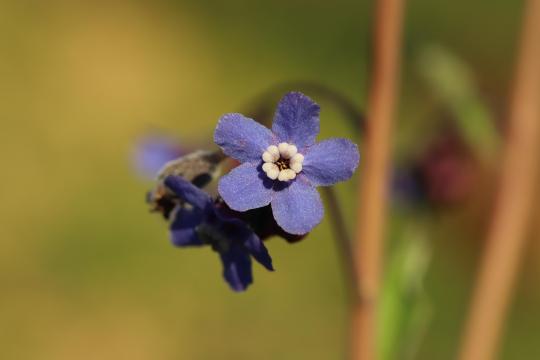
Pacific Hound's Tongue (Cynoglossum grande), Russian Ridge Open Space Preserve, California [6240 × 4160] [OC]
0 notes
Text


Cynoglossum grande
Cynoglossum grande Douglas ex Lehm.
Pacific Hound's Tongue
Boraginaceae (Borage Family)
Synonym(s):
USDA Symbol: CYGR
USDA Native Status: L48 (N)
Several smooth stems with large, ovate, long-stalked leaves mostly near base and loose clusters of purple or blue flowers on branches at top.The common name refers to the shape of the broad leaves. Native Americans used preparations from the root to treat burns and stomachaches. There are several species, all with blue to purple or maroon flowers and large rough nutlets that stick to clothing.
Plant characteristics
Duration: Perennial
Habit: Herb
Bloom Time: Mar , Apr , May , Jun
Distribution
USA: CA , OR , WA
Native Distribution: Western Washington south to southern California.
Native Habitat: Dry shaded places in woods.
The uniquely intense blue flower color, with distinct white center, may have evolved to help pollinators zero in on the pollen, helping aid it’s own pollination. Hound’s tongue attracts native bees and hummingbirds and is an occasional larval host plant for moths and butterflies. Native plants that grow in dry, shady environments are not easy to find for a garden setting, but hound’s tongue is perfect for such a location. Having a large taproot, hound’s tongue does best with little or no supplemental water, but will tolerate some summer water with good drainage. After flowering and setting seed, hound’s tongue goes completely dormant in the summer, an adaptation for survival during the dry summer months.
The vivid blue flowers of hound’s tongue will fade into a lovely lavender color as it gets close to setting seed. The seed has evolved hook-like appendages on the seed coat that grab onto and attach to anything nearby, including animals or human socks. This seed dispersal tactic works great and has helped the distribution of hound’s tongue.
We have found hound’s tongue to be an easy plant to encourage, grow and propagate in oak woodland and mixed conifer forest on our own land. The best method we have found has been planting hound’s tongue seed into the site of a burn pile after burning debris from forest health thinning. Once the small, circular burn pile has cooled — or even if it was burned a year ago — you can seed hound’s tongue into the ash in the winter, and come spring you will have a circle of hound’s tongue sprouts! They do well in this setting that mimics natural fire disturbance, where there is little competition and wonderfully mineral-rich soil to help nourish the small seedlings.Hound’s tongue can also be seeded into containers and grown out for a season before transplanting into your preferred location, or direct sown into a dry shady spot without too much competing vegetation.Hound’s tongue ranges from British Columbia south to San Luis Obispo county in California. In Oregon it occurs only on the west side of the Cascade Mountains, except in the Columbia River Gorge.
When hound’s tongue is flowering that is a sign that the morel mushrooms are also emerging from the low-elevation chaparral and oak woodland communities. Spring is on!
0 notes
Text
My home garden, March 2017
Thirteen photos taken throughout March.
Dark Star Ceanothus (Ceanothus “Dark Star“) — A large shrub
Dark Star Ceanothus
Red Admiral butterfly on Dark Star Ceanothus — Male Red Admirals are territorial and will chase off other males
Hounds Tongue (Cynoglossum grande) — A winter dormant perennial
Baby Five Spot (Nemophila maculata) — A small annual that looks great with other blue or purple…
View On WordPress
2 notes
·
View notes
Photo
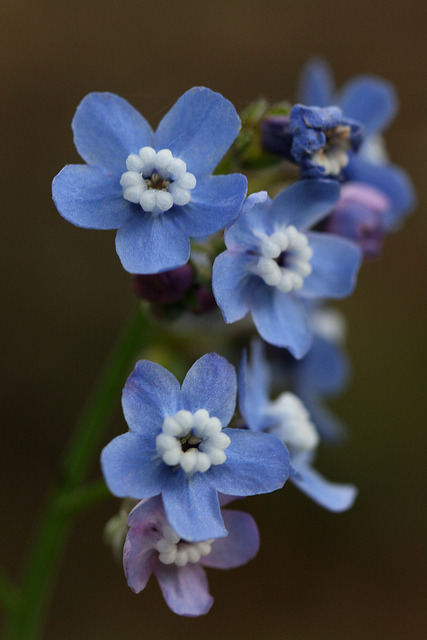
Hound’s Tongue | ©Philip Bouchard (Arastradero Preserve, near Palo Alto, California, US)
The Pacific Hound’s Tongue, Cynoglossum grande (Boraginaceae), is a native perennial to Western North America, found from British Columbia to California [source].
#nature#plants#flowers#pacific hound’s tongue#cynoglossum grande#cynoglossum#us#california#flora#purple#boraginaceae#botany#original
105 notes
·
View notes
Text



Houndstongue - Cynoglossum grande
#don’t expect me to know the other flowers I will post today haha#I just definitely absolutely know how to identify these ones#in this area they come in mostly blue though some purple as well. and I’ve seen one white one blooming#flower#flowers#houndstongue#Cynoglossum grande#take a walk with me
18 notes
·
View notes
